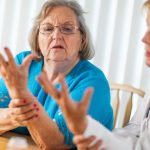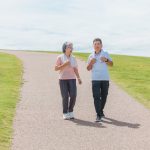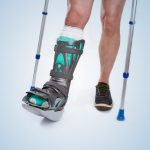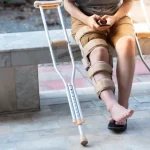By Katherine Alexis Athanasiou, PA-C
Published on August 29, 2023
Medically reviewed by Stella Bard, MD
Osteoporosis is a condition in which a person’s bone density and bone mass have decreased, increasing their risk of fractures, even without an injury or trauma. As a person gets older, their body’s ability to form new bone decreases, while its ability to break down bone increases. Losing bone is part of the natural aging process however there are several daily lifestyle practices which may help prevent or manage an individuals’ bone density.
Self-Care With Diagnosed Osteoporosis
A dual-energy X-ray absorptiometry (DEXA) scan is a noninvasive imaging test used to diagnosed osteoporosis.1 DEXA scans are used to measure bone mineral densities and a T-score of minus 2.5 (-2.5) or lower is diagnostic of osteoporosis. A fracture is often the first sign or symptom of osteoporosis.2
Once diagnosed, osteoporosis should be managed to prevent progression and decrease the risk of fractures. Self-care practices alone are not enough to treat osteoporosis, however in conjunction with appropriate medications, they can be helpful.3
Video: “EXERCISES FOR THE ELDERLY | SENIOR’S ZONE”
EXERCISES FOR THE ELDERLY/SENIOR’S ZONE. FIRST DIRECTION: REHABILITATION AND SUPPORTIVE THERAPY FOR THE ELDERLY (THERAPEUTIC SET OF EXERCISES). INITIAL STAGE OF REHABILITATION
For additional information about exercises for the elderly | Senior’s zone you can watch a video demonstrating exercises and rehabilitation recommendations.
Eating for Osteoporosis
Eating a well-balanced diet rich in calcium and Vitamin D benefits people with osteoporosis. In addition to other functions, vitamin D helps the body absorb calcium in food better.
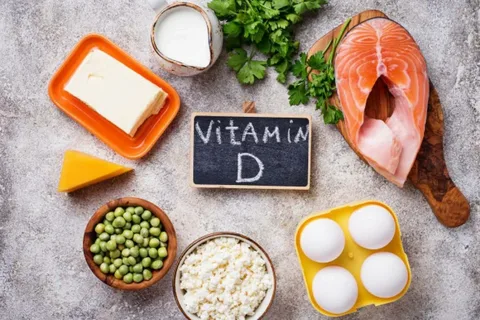
Good sources of calcium and vitamin D–rich foods include:4
- Dairy products: Milk, yogurt, and cheeses
- Fatty fish: Salmon, sardines, and tuna
- Produce: Collard greens, broccoli rabe, kale
Exercise for Osteoporosis
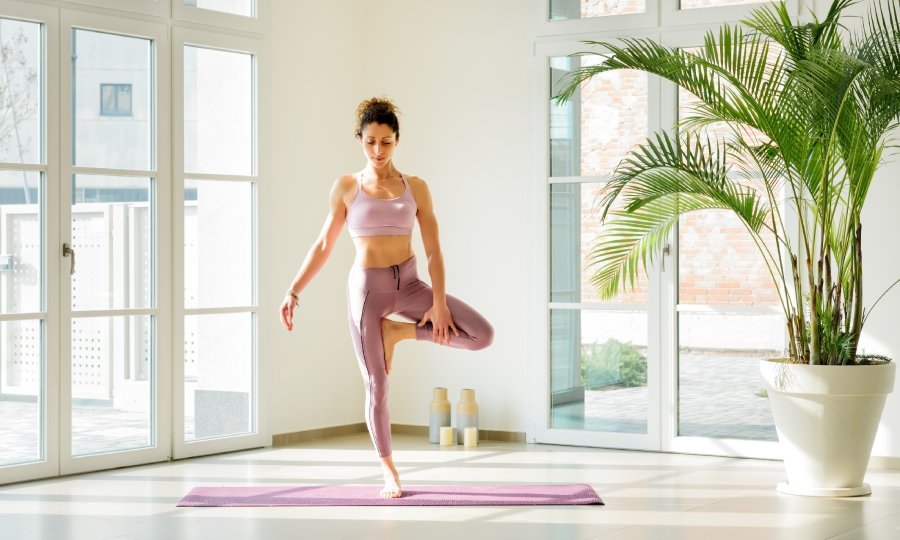
Weight-bearing and resistance exercises have been shown to improve bone density in postmenopausal women.3 High-impact weight-bearing exercises help build bone and include activities such as playing tennis, dancing, climbing stairs.1 Low-impact weight-bearing exercises have also been shown to help build and maintain bone strength. Well-tolerated activities include walking, yoga, and low-impact aerobics.
Muscle building and resistance exercise can also help increase bone density and muscle strength, which can help prevent fractures. Some people may opt to work with a physical therapist or trainer to help with muscle-building and balance-improving exercises.5
Risks
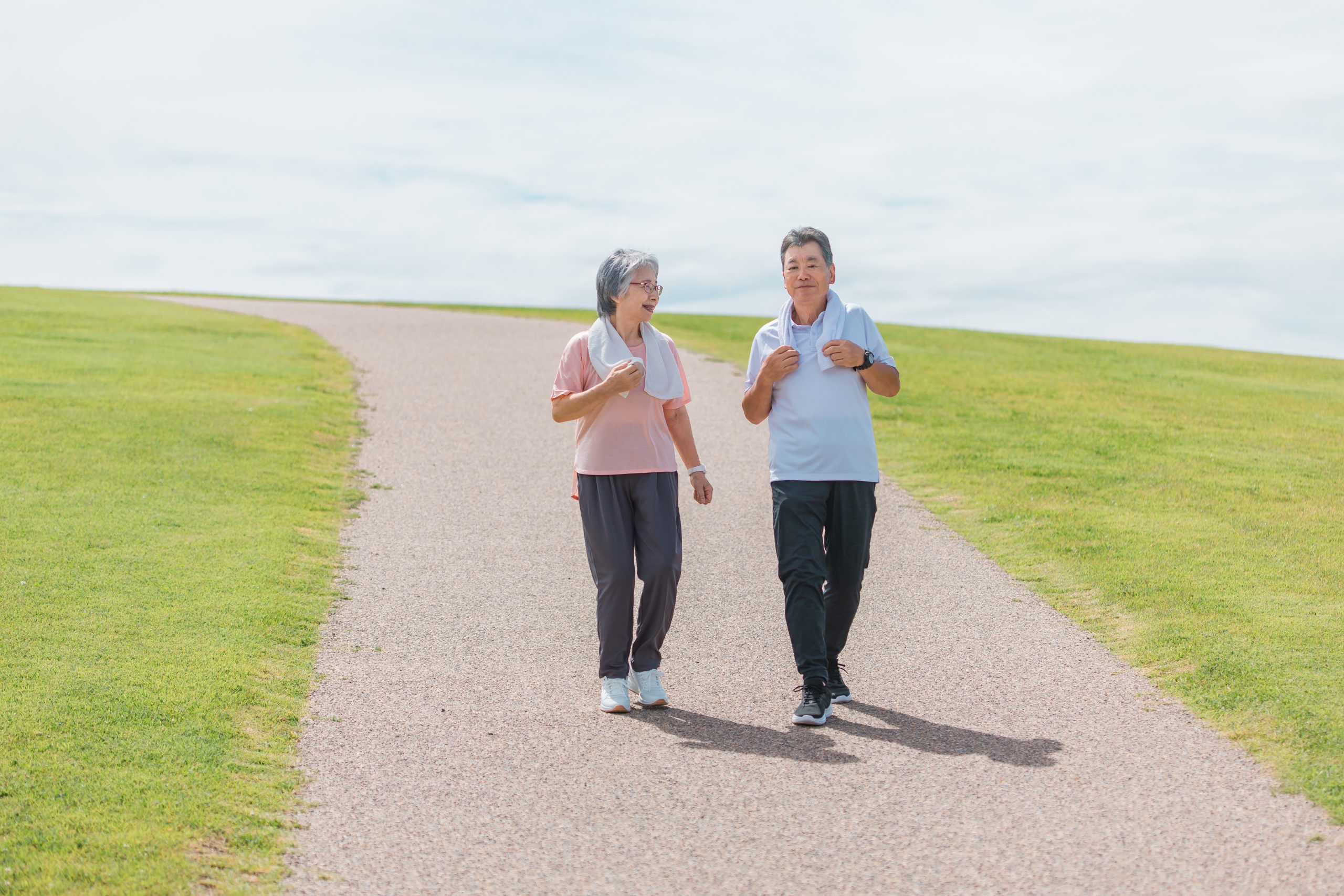
Self-Care to Prevent Osteoporosis Risks
In addition to diet and exercise, other modifiable factors that help decrease the risk of developing osteoporosis include:1
-
Limiting alcohol consumption: People who drink more than two alcoholic beverages daily tend to have weaker bones and lose bone density more quickly.
-
Avoiding tobacco use: People who smoke have a greater risk of fracture than nonsmokers, in addition to a wide array of other health-related complications.6
-
Talk to your healthcare provider about your prescription medications: Certain medications like corticosteroids, anticonvulsants (anti-seizure medications), and certain antidepressants known as selective serotonin reuptake inhibitors (SSRIs) can increase the risk of developing osteoporosis.
Daily Osteoporosis Self-Care Routine

Leading a healthy lifestyle on a daily basis can help slow the rate of bone loss in addition to decreasing the risk of developing cardiovascular disease, diabetes, and many other common health conditions. Getting the recommended daily amount of calcium and Vitamin D, through supplements, food, or a combination of both is important.
Making time to get 30 minutes of weight-bearing exercise three times a week is also beneficial to improving bone density.5 If 30 minutes in one sitting is too difficult, it is OK to do 15 minutes of activity, take a break, and do another 15 minutes later in the day.
Summary
Osteoporosis is a condition affecting millions of Americans annually. While there are genetic components and certain risk factors that cannot be altered, there are many things that can be done to help minimize bone loss. Eating a well-balanced diet rich in calcium and vitamin D, performing regular weight-bearing exercises, limiting alcohol consumption, and avoiding tobacco products are all self-care practices which can decrease a persons’ bone loss.
By Katherine Alexis Athanasiou, PA-C
Katherine Alexis Athanasiou is a New York-based certified Physician Assistant with clinical experience in Rheumatology and Family Medicine. She is a lifelong writer with works published in several local newspapers, The Journal of the American Academy of PAs, Health Digest, and more.

DEMO VERSION OF GHRS WORKOUTS FOR THE REABILITAITON OF the elderly | Senior’s Zone ON YOUTUBE
Our website presents sets of exercises for the rehabilitation of the elderly | Senior’s Zone in the following areas:
-
EXERCISES FOR THE ELDERLY/SENIOR’S ZONE. FIRST DIRECTION: REHABILITATION AND SUPPORTIVE THERAPY FOR THE ELDERLY (THERAPEUTIC SET OF EXERCISES). INITIAL STAGE OF REHABILITATION
-
EXERCISES FOR THE ELDERLY/SENIOR’S ZONE. FIRST DIRECTION: REHABILITATION AND SUPPORTIVE THERAPY FOR THE ELDERLY (THERAPEUTIC SET OF EXERCISES). MIDDLE STAGE OF REHABILITATION
-
EXERCISES FOR THE ELDERLY/SENIOR’S ZONE. FIRST DIRECTION: REHABILITATION AND SUPPORTIVE THERAPY FOR THE ELDERLY (THERAPEUTIC SET OF EXERCISES). ADVANCED STAGE OF REHABILITATION
-
EXERCISES FOR THE ELDERLY/SENIOR’S ZONE. SECOND DIRECTION: IMPROVEMENT OF EQUILIBRIUM AND BALANCE, PREVENTION OF FALLS. INITIAL STAGE OF REHABILITATION
-
EXERCISES FOR THE ELDERLY/SENIOR’S ZONE. SECOND DIRECTION: IMPROVEMENT OF EQUILIBRIUM AND BALANCE, PREVENTION OF FALLS. ADVANCED STAGE OF REHABILITATION
Sources
Verywell Health uses only high-quality sources, including peer-reviewed studies, to support the facts within our articles. Read our editorial process to learn more about how we fact-check and keep our content accurate, reliable, and trustworthy.
- Arthritis Foundation. Osteoporosis.
- Aibar-Almazán A, Voltes-Martínez A, Castellote-Caballero Y, et al. Current status of the diagnosis and management of osteoporosis. IJMS. 2022;23(16):9465. doi:10.3390/ijms23169465
- Zhang L, Zheng YL, Wang R, Wang XQ, Zhang H. Exercise for osteoporosis: A literature review of pathology and mechanism. Front Immunol. doi: 10.3389/fimmu.2022.1005665.
- Bone Health and Osteoporosis Foundation. Calcium and vitamin D,
- OrthoInfo. Exercise and bone health.
- OrthoInfo. Smoking and musculoskeletal health.


